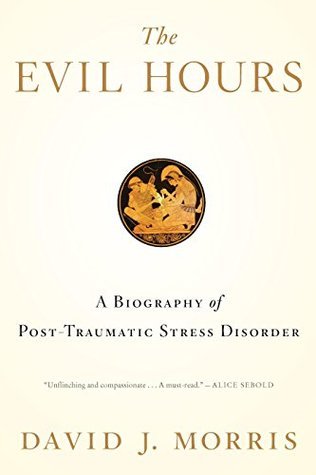What do you think?
Rate this book


354 pages, Kindle Edition
First published January 20, 2015
In normal time, you move from one moment to the next, sunrise to sunset, birth to death. After trauma, you may move in circles, find yourself being sucked backwards into an eddy, or bouncing like a rubber ball from now to then and back again…Another odd feature of traumatic time is that it doesn’t just destroy the flow of the present into the future, it corrodes everything that came before, eating at moments and people from your previous life, until you can’t remember why any of them mattered.
[I]f you were to administer propranolol to a person a few hours after a traumatic event, you would block the neurological process that would otherwise cause that memory to become traumatic. In the language of neuroscience, you would prevent its “overconsolidation” within the brain and prevent the event from being permanently etched into the amygdala, one of the brain’s fear centers…The experience would be remembered much like any other event was remembered – without the elevated heart rate, without the shortness of breath, and without the amygdala being unduly impacted. A serious car crash would be rendered identical to a trip to the coffee shop, neurologically speaking.